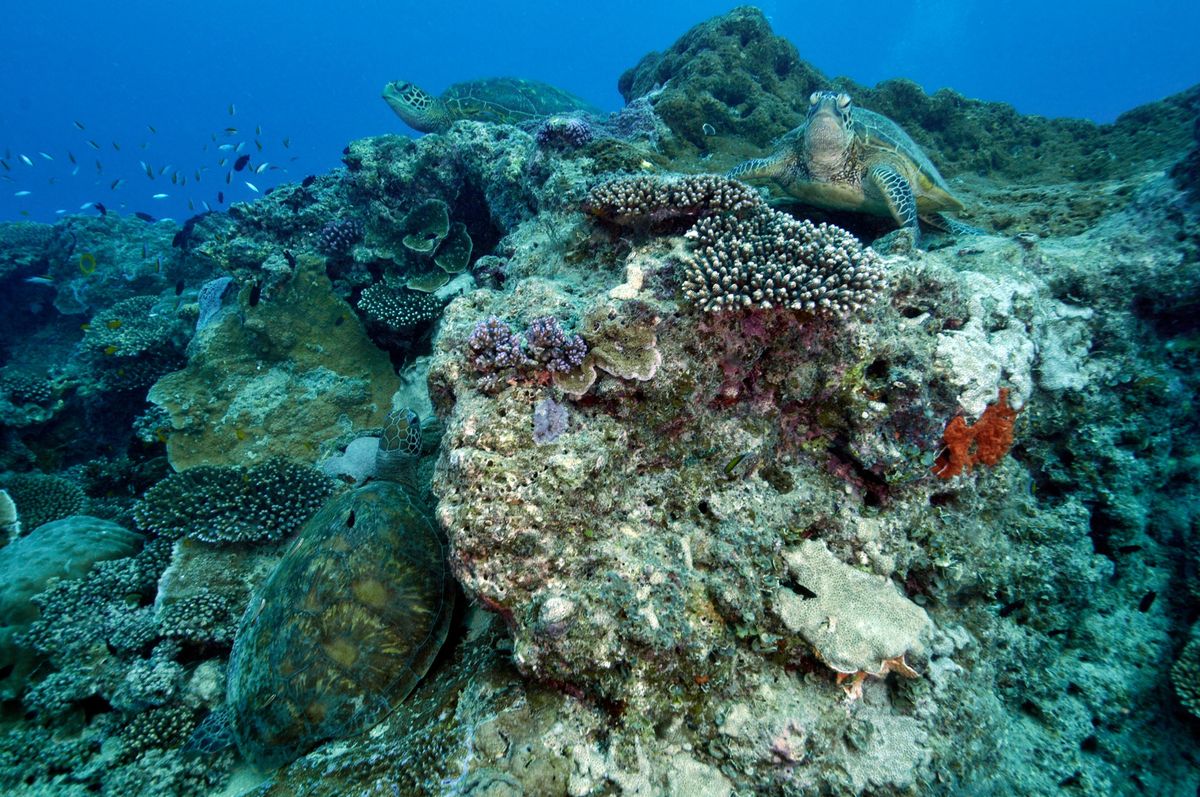"Dream, Dream, Dream! Conduct these dreams into thoughts, and then transform them into action."
- Dr. A. P. J. Abdul Kalam
"Dream, Dream, Dream! Conduct these dreams into thoughts, and then transform them into action."
- Dr. A. P. J. Abdul Kalam
20 Nov 2024
The Solomon Islands' waters are home to the largest known coral in the world that can be seen from space. The enormous, multicolored organism, which has a circumference of 183 meters, is made out of a complex web of individual coral polyps that have been growing for 300–500 years. During a voyage to the Solomon Islands, scientists from the National Geographic Pristine Seas team found the vast coral in the "coral triangle," a region of the western Pacific. The Pavona clavus coral, which is primarily brown with bright yellow, blue, and red highlights, is home to a wide variety of marine life, including fish, crabs, and shrimp.

(Source: Google Images)
This is a stand-alone coral that has developed unhindered from polyps generated from larvae that settled on the bottom and multiplied into millions of other genetically identical polyps over ages, in contrast to a coral reef, which is a network of several coral colonies. The team believed it might be a shipwreck when they first saw the living thing, which is 34 meters broad, 32 meters long, and more than five meters high. After diving over 12 meters into the coral, the expedition's underwater photographer identified it as a Pavona clavus. Over the years, local fishermen may have mistaken this particular coral for a boulder, which is why it had never been documented despite its size.
"This mega coral discovery is monumental for the people of the Solomon Islands," stated Ronnie Posala, fisheries officer for the Solomon Islands fisheries ministry. It emphasizes how vital our ocean is to the survival of our societies, customs, and future. These kinds of findings serve as a reminder of our responsibility to protect these natural treasures, not only for their ecological worth but also for the livelihoods and cultural identity they offer.
The previous record-holding coral was found in American Samoa and was identified and measured by Eric Brown, coral biologist for the Pristine Seas project. "This large healthy coral oasis in slightly deeper waters is a symbol of hope, as the nearby shallow reefs were degraded by warmer seas," he said.